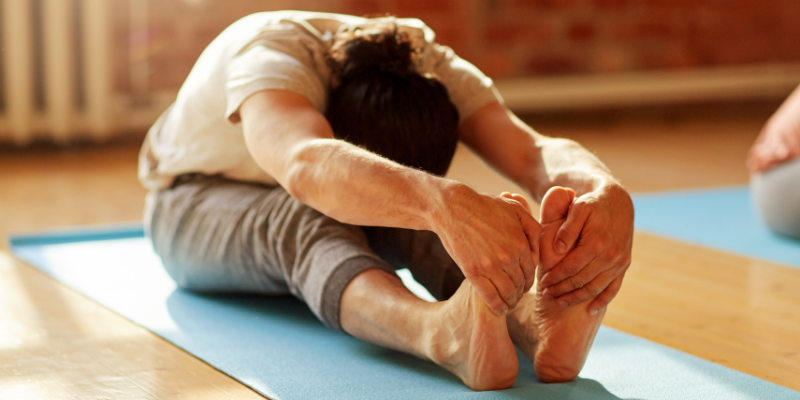Yoga is often associated with physical postures or asana but goes far beyond stretches and fitness routines. Rooted in ancient Indian philosophy, yoga is a holistic practice designed to unify the body, mind, and soul. Its essence lies in the eight limbs of yoga, detailed in Pat Anjalis Yoga Sutras, which offer a pathway to personal and spiritual growth. These limbs include ethics, self-control, physical postures, breath control, sense withdrawal, concentration, meditation, and ultimate self-realization. These eight limbs, therefore, transform yoga from a mere exercise into a meaningful way of life, bringing harmony and inner peace to the practitioner.
The yoga journey starts with Yama, which refers to observing moral guiding principles in dealing with the world: ahimsa (non-violence), Satya (truth), asteya (not taking what is not given), brahmacharya (moderation), and aparigraha (not holding onto material possessions).
Incorporating the Yamas in your daily life evokes harmony and reduces conflicts, both within you and outside. Truthfulness allows a person to be his true self, while no greed encourages contentment in simplicity.

Niyama consists of two limbs dealing with self-control and spiritual development. These tenets are purity or cleanliness (Shaucha), contentment, self-control (Tapas), self-study or introspection (Svadhyaya), and self-surrender to a supreme (Ishvarapranidhana).
Through the cultivation of Niyama, one can develop an inner sense of calm and direction in life. Contentment fosters an appreciation for what exists in one's life, and self-study inspires one to explore one's thoughts and behavioral patterns cognitively.
Asanas, or the physical postures, is the most common meaning associated with yoga. Traditionally, asanas were considered to prepare a body for extended periods of meditation by developing the strength and flexing of muscles. Modern yoga classes focus more on the physical benefits: good posture, decreased stress, etc. The significance of doing asanas in mindfulness is that they connect both the body and mind, making it easier to go deeper into meditation and self-awareness.
Pranayama, the process of controlling breath to balance energy in the body, was described as a bridge connecting the body to the mind. Controlling the breath would be said to enhance concentration, reduce anxiety, and improve vitality.
Simple practices like deep diaphragmatic breathing calm the nervous system, while more advanced practices, like Nadi Shodhana (alternate nostril breathing), balance the flow of energy in the channels. Pranayama is a potent practice for gaining clarity of mind and emotional balance.
Pratyahara teaches how to detach by the withdrawal of senses from external distractions. This limb is all about turning inward and creating mindfulness. In a world of continuous stimulation, pranayama teaches us to withdraw from such noise and zero in on what is valuable. Thus, time without media or mindfulness while eating can provide greater awareness and quiet the mind.
Dharana is a focused concentration practice that is the precursor to meditation. It directs the mind to one point, which can be any mantra, object, or breath. When practicing Dharana, the mind can learn to stand firm and not get distracted. In today's world, where one has multi-tasking on their toes, this practice helps a person stay present and focused.
Building on Dharana, Dhyana is uninterrupted meditation with a calm and focused mind. It means being fully present and not judgmental or thought-driven. Regularity in meditation triggers clear mental faculties, emotional strength, and a much deeper connection with the self. Sooner or later, one builds inner silence and gets ready to attain the ultimate aim of Yoga Union with the Divine.

The last of the limbs is Samadhi, the ultimate aim of yoga: that blissful union with the universe. At this point, the practitioner will have achieved peace and be joined with all existence. Samadhi doesn't have to remain a distant dream, however. Each step in the eight limbs brings us closer to this state. With practice, one comes to realize the fullness of stillness and joy.
Practicing the 8 limbs of yoga allows us to experience yoga as it was originally intendeda way of life aimed at achieving harmony and self-realization. It goes beyond the physical poses to encompass a whole spiritual journey, guiding us toward balance and meaningful existence. This ancient wisdom will then infuse life into transforming your own through embracing modern challenges graciously and practicing mindfulness in its practice. Whether you are an introductory practitioner or are one with years of experience, adoption of the eight limbs will evolve your practice and help you better understand and appreciate yoga in all of its forms.








